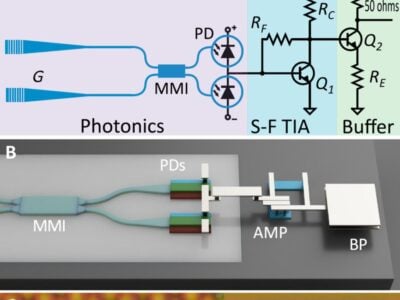
Stanford makes biodegradable semiconductor ICs
The results were published May 1 in the Proceedings of the National Academy of Sciences. The paper was co-authored with researchers from Hewlett Packard Enterprise and University of California Santa Barbara.
The work is in part motivated by the need to reduce the production of electronic waste. The proliferation of electronic products, particularly smartphones on two-year upgrade cycles, means the rate at which electronic waste is produced is increasing. It is expected to reach 50 million tonnes in 2017, up by more than 20 percent compared to the amount generated in 2015, according to a United Nations Environment Program report.
A team lead by Zhenan Bao has added biodegradability to previous research into polymers with flexibility and self-healing properties. “This is the first example of a semiconducting polymer that can decompose,” said lead author Ting Lei, a postdoctoral fellow working with Bao, in a statement. The team also developed a biodegradable cellulose substrate material for mounting the electrical components.
Whereas electronic contacts are usually made from gold for this device, the researchers crafted components from iron; an environmentally friendly product that is nontoxic to humans.
The technology is based on imine chemistry he researchers report on using an 800nm-thikc substrate to fabricated pseudo-complementary polymer transistors and logic circuits with 4V operation that are fully disintegrable.
Biodegradability supports applications in wearable and implantable electronics as well large-scale environmental surveys conducted by swarms of sensor motes.
“We envision these soft patches that are very thin and conformable to the skin that can measure blood pressure, glucose value, sweat content. A person could wear a specifically designed patch for a day or week, then download the data,” said Bao in the same statement.
Related links and articles:
News articles:
Organic power electronics achieves mains rectification
Chinese funding supports C3Nano manufacturing move
Panasonic reports organic multispectral image sensor
 If you enjoyed this article, you will like the following ones: don't miss them by subscribing to :
eeNews on Google News
If you enjoyed this article, you will like the following ones: don't miss them by subscribing to :
eeNews on Google News



